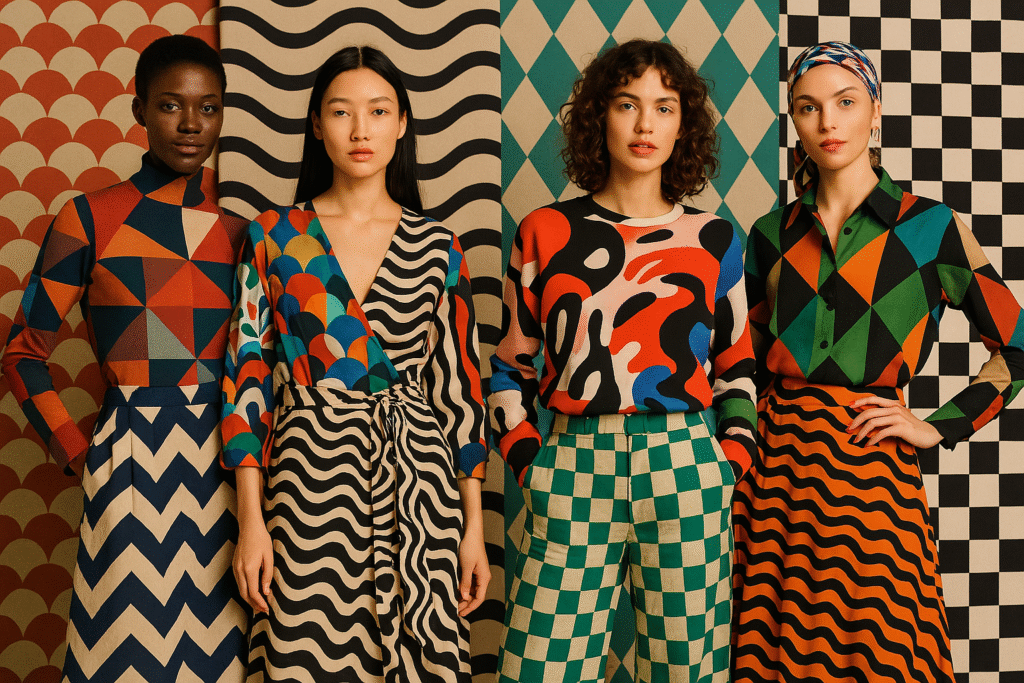
Beyond the Studio: AI and Smart Workflows Transforming Product Photography
The Evolution of Product Photography
Product photography has always been the backbone of eCommerce. It’s the silent salesperson, the first touchpoint, the digital representation of your brand. Traditionally, this meant hours in a studio: arranging lighting, directing models, capturing the perfect shot, and retouching it meticulously in post-production.
But 2025 is changing the game.
AI-powered tools, smart workflows, and hybrid human-machine editing are transforming how brands create, deliver, and scale visuals. No longer is a photoshoot limited by studio space, lighting setups, or the availability of models. The focus now is on speed, consistency, and measurable performance — not just aesthetics.
The Limitations of Traditional Photoshoots
Even the most skilled photographers face challenges:
Time Constraints: Manual shoots, especially for hundreds of SKUs, can delay campaigns by days or even weeks.
High Costs: Studio rentals, model fees, equipment, and manual editing add up quickly.
Inconsistent Quality: Maintaining consistent lighting, angles, and color across large catalogs is a constant struggle.
Limited Scalability: For brands releasing seasonal collections or rapid product drops, traditional shoots can’t keep up.
In short, traditional methods often slow down marketing timelines, increase costs, and risk inconsistent visual messaging.
Enter AI — Transforming Product Photography
AI is no longer a futuristic concept — it’s actively reshaping product photography. Here’s how:
Background Removal & Isolation: AI can remove backgrounds instantly while preserving shadows and reflections, producing a clean, professional look.
Color Calibration & Consistency: AI ensures every product’s color is accurate across multiple devices, preventing returns due to mismatched expectations.
Defect Detection & Quality Control: Scratches, dust, or imperfections are automatically flagged before images reach the client.
Texture & Detail Enhancement: AI can subtly enhance product textures — from fabric weaves to gemstone sparkle — making images feel tangible.
Batch Processing: Hundreds of images can be processed in a fraction of the time, drastically improving turnaround.
The result: faster delivery, higher consistency, and reduced reliance on repeated reshoots.
Smart Workflows — More Than Automation
AI alone isn’t enough. The real magic happens when AI is paired with smart workflows:
Batch Pipeline Management: Large SKU catalogs are processed systematically, ensuring no image is missed.
Hybrid Editing Process: AI handles repetitive tasks; human editors add the artistic final touch for realism, lighting, and brand-specific nuances.
Platform-Specific Optimization: Images are optimized for Amazon, Shopify, Meta, Google, and other platforms — ensuring performance across all channels.
Automated Quality Assurance: Every image passes multiple checks, reducing manual rework and avoiding campaign delays.
This combination creates a hybrid editing pipeline — merging efficiency with creativity.

Team A vs Team B — Two Approaches to Product Photography
Let’s illustrate the impact with a comparison:
Team A: Traditional Photoshoot Approach
Manual shooting and editing
Slow turnaround (7–10 days for hundreds of SKUs)
Inconsistent lighting and color across images
Higher costs and slower campaign launches
Team B: AI + Smart Workflow Approach
Hybrid human-AI editing pipeline
Turnaround reduced by 50% (2–4 days)
Consistent color, lighting, and textures
Lower costs and faster campaign launches
Result: Brands using AI + workflows consistently outperform traditional methods in conversion, engagement, and ROI.
Real-World Impact: Case Studies
1. Fashion Retailer
Challenge: Seasonal collection with 500 SKUs. Manual editing was causing delays and inconsistent visual quality.
Solution: AI-assisted retouching + batch workflow.
Outcome:
Turnaround reduced from 10 days to 4 days
30% reduction in editing costs
Higher CTRs on Meta & Google Ads
Consistent visual identity across the catalog
2. Jewelry Brand
Challenge: High-detail gemstone shots with traditional photoshoot limitations.
Solution: AI texture enhancement + human final-touch editing.
Outcome:
Sparkle and clarity consistent across all images
2× faster image delivery for social and website campaigns
Noticeable lift in conversions and customer engagement
3. Consumer Electronics
Challenge: Glossy surfaces prone to reflections and color mismatch across devices.
Solution: AI-based color calibration + automated QA workflow.
Outcome:
95% color accuracy across devices
Reduced rework by 60%
Faster holiday campaign readiness

The Future of Retouching Workflows
In 2025 and beyond, expect to see three defining trends:
Collaborative Editing Pipelines — Brands and editing partners working in real-time using cloud-based feedback loops.
Precision QA Layers — Automated quality checks catching pixel-level inconsistencies before final delivery.
Ethical Editing Standards — A shift toward transparency — no deceptive alterations, no unrealistic enhancements.
The goal isn’t perfection.
It’s honesty, efficiency, and brand consistency.
What This Means for eCommerce Brands
For brands selling online, the takeaway is clear:
Authentic imagery drives trust.
Fast, consistent workflows drive efficiency.
Color and texture accuracy drive sales.
The real challenge — and opportunity — is finding a retouching partner who can balance speed, realism, and brand tone seamlessly.
Because in a world flooded with visuals, only the believable ones get remembered.
Final Thought
The era of purely traditional photoshoots is fading, but human creativity isn’t going anywhere. The future belongs to brands that combine AI efficiency with human artistry — creating visuals that are fast, consistent, and conversion-focused.
AI and smart workflows don’t just save time or cut costs; they unlock new possibilities: sharper textures, consistent colors, and scalable campaigns that reach more customers without compromising quality.
In 2025, product photography isn’t just about capturing a product — it’s about crafting an experience that inspires trust, drives sales, and amplifies your brand story.
The message is clear: beyond the studio, hybrid workflows are the competitive edge every eCommerce brand needs.
By MubyTech
Global Image Editing Partner
Global Image Editing Partner